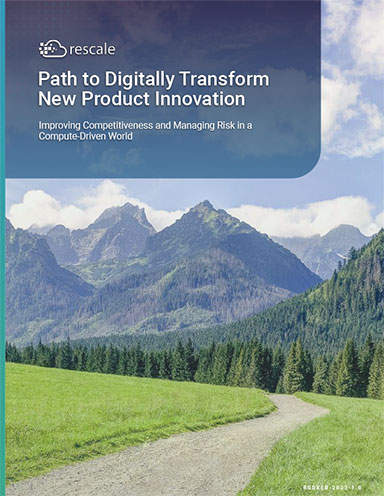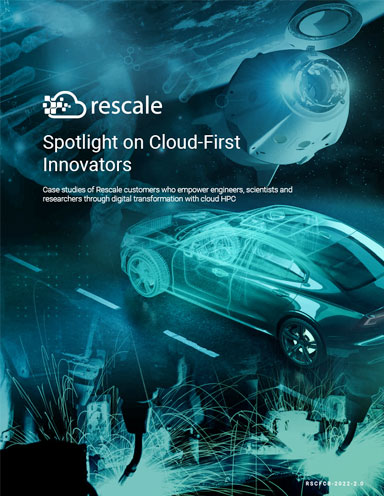IoT Can Supercharge Engineering Development
Latest News
November 1, 2017
 By Steve Chalgren
By Steve Chalgren
The internet of things has the potential to create many headaches for product teams, but enabling the R&D team to see aggregated user behavior can be a big gain. Engineers could get answers to all kinds of questions about how a product performs in the hands of customers with everyday use, further enhancing product development in ways not considered in the past.
For example, with a coffee maker connected to the internet (which exists), engineers could determine, among other things:
- the ambient temperature of the room in which the coffee maker is stored, and
- how well various components are performing.
In other industries, automated aggregated customer behavior analysis isn’t new. In 1992, Walmart started collecting point of sale (POS) information from all their stores into one giant (at the time) data warehouse, creating a significant competitive differentiation that enabled it to disrupt and dominate retail.
In the early 2000s, cloud enterprise software entered the market. This is where I work. Today, we see anonymized, aggregated user behavior from all our customers. We can see product failures instantly and launch a non-conformance quality process to fix the problem quickly. We can target our customer research, improvement plans and R&D investment to continuously improve product for maximum customer benefit. Being this close to every customer creates a significant competitive advantage over traditional on-premise software solutions, which can only capture product usage from one customer at a time.
Turning Problems into Competitive Advantages
In the super-connected world of IoT, this wealth of new information doesn’t mean that customer surveys and focus groups disappear. But, the IoT product company will know where problems are; the team will then be interviewing customers to get the context and verify understanding to make the next product better. In fact, in many cases, the IoT user data will uncover more problems to research—a good thing. These questions lead to insights that turn out to be competitive game-changers.
Even the process of identifying interesting questions will become automated, as organizations apply sophisticated analytics to product-captured IoT data. You can begin benefitting today by creating meaningful data flows to the R&D team. For instance, a team could create an analytic in its IoT product data warehouse that triggers when something fails. The trigger creates a quality review process in the product lifecycle management/quality management system with key data from the unit(s) for investigation. The R&D team solves the problem and releases an update. The release fixes millions of units automatically, even before the customers realize there was a problem.
To enjoy this engineering feedback loop, however, we need to think hard about two things before implementation: privacy and security. The medical device industry learned this lesson painfully when news broke that pacemakers were frighteningly easy to hack. Today, most medical devices are encrypted and locked down. We need to ensure that the information we collect is anonymized, encrypted and carefully controlled to protect the privacy of customers. Continual breaches in data security and control (e.g., Equifax’s latest cybersecurity scandal, self-driving car vulnerabilities) demonstrate that while technology is a great enabler, benefits come with costs as hackers revel in the challenge every new data set and connected device brings.
Once this IoT engineering feedback loop is in place, however, it will become a major force for market disruption. Today, competition in most markets is predictable because companies can easily copy each other. However, the action one company takes in connecting its products and becoming the first-to-IoT market player can give it a formidable market position. As that company looks at the data coming in, it will discover previously unknown opportunities. Others will take notice and try to copy, but by the time they’ve done so, the original disruptor will have a new generation in place that takes advantage of the latest batch of data that keeps rolling in. It’s a virtuous feedback loop that makes it difficult for others to achieve parity, all else being equal.
The lesson for product organizations? Incorporate IoT early and take advantage of the data that flows back as soon as possible to solve problems, improve products and innovate. The longer you wait, the harder it will be to catch up to your competitors who adopted IoT before you did.
Steve Chalgren is executive vice president of Product Management & chief strategy officer at Arena Solutions (ArenaSolutions.com), which provides a product realization platform that enables companies to design, produce, and improve their innovative products quickly.
More Info
Subscribe to our FREE magazine, FREE email newsletters or both!
Latest News






